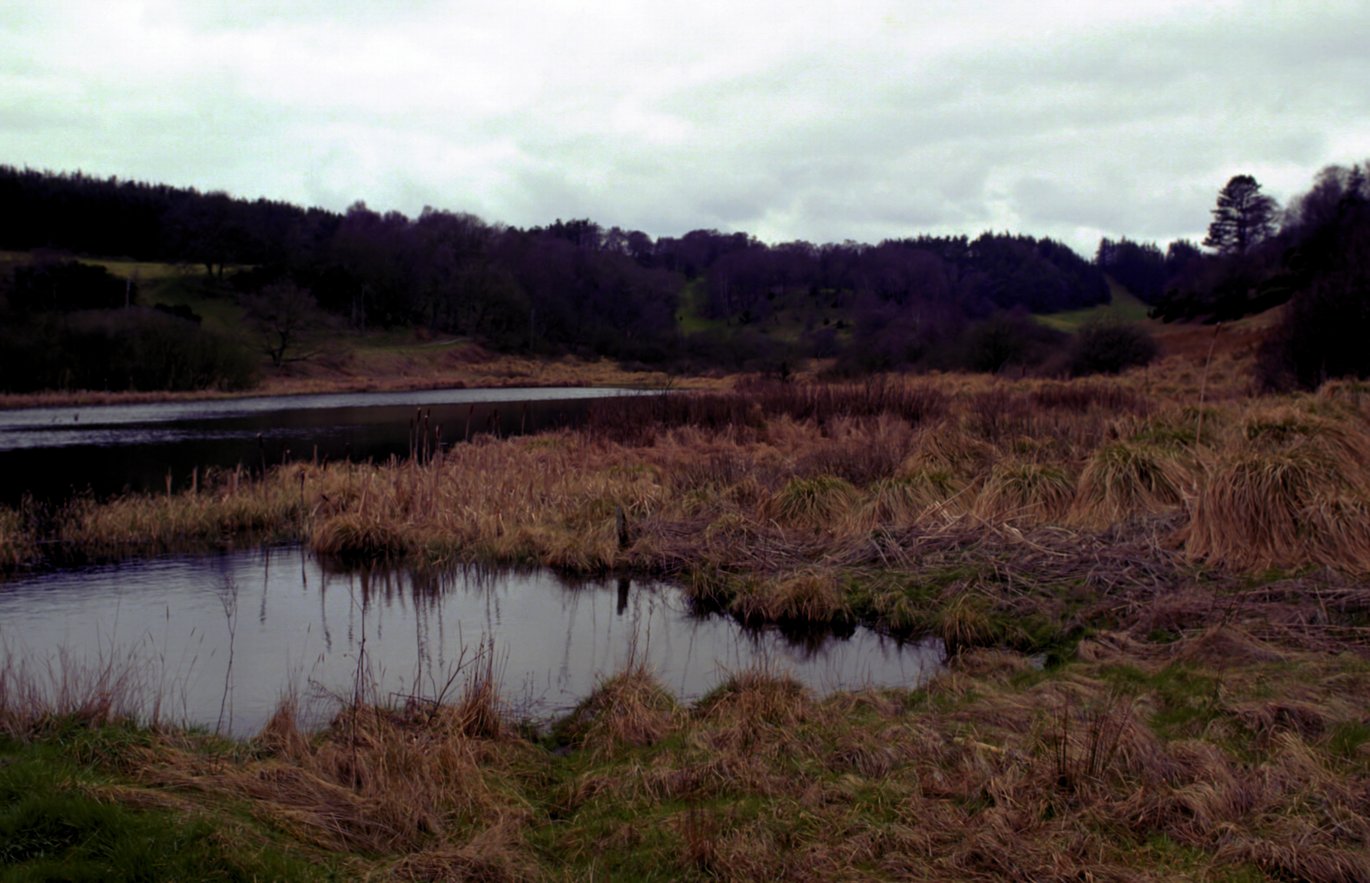Can phosphorus filters ensure rewetting as a climate measure?
A new project supported by the Green Development and Demonstration Program (GUDP) will develop filter systems to reduce unwanted phosphorus loss to the aquatic environment by rewetting peatland soils, which could ultimately reduce agricultural greenhouse gas emissions by 450,000 tons of CO2 equivalents per year.

An important step in connection with the green conversion of Danish agriculture is the rewetting of peatlands. Rewetting of carbon-rich peatsoil is considered to be one of agriculture's most important initiatives in the attempt to reduce greenhouse gas emissions.
“If you rewet 170,000 hectares of agricultural peatland soil, you will actually be able to reduce agriculture's total greenhouse gas emissions by up to 25%. At the same time, such rewetting will also be an effective tool to reduce nitrate leaching,” says Associate Professor Goswin Heckrath from the Department of Agroecology at Aarhus University.
But not everything is joy and gloom when you rewet peatland. According to Goswin Heckrath, there is a major obstacle: it can lead to significant leaching of phosphorus to the aquatic environment.
"This happens because large amounts of phosphorus can be bound to the iron oxides in the soil, and can be released into the aquatic environment under the oxygen-free conditions occurring when rewetting the soil,” he explains.
Phosphorus leaching can be high over a number of years, which is why it constitutes a significant barrier to rewetting peatland.
Filter systems can slow down the phosphorus leakage
In a new project called FosLav, researchers from Aarhus University and the University of Copenhagen, among others, will develop compact filter solutions that will be able to capture a large part of the phosphorus that would otherwise be leached from rewetted peatsoil.
"We want to further develop and demonstrate phosphorus filter solutions as an effective tool, just as we want to explain the economy, incentive structure and develop the advice needed for these filter solutions to become an attractive tool," explains Goswin Heckrath.
However, different types of filters are needed, as phosphorus is both transported in dissolved form and bound to soil particles. Therefore, filter systems capable of capturing the different types of phosphorus particles must be developed. In addition, the project group will develop filter systems that can be used in the open landscape.
450,000 tons of CO2 equivalents per year
The FosLav project will demonstrate scenarios for optimal placement of the filter systems. This is done so that various stakeholders will be able to see the applicability of the filter technology that will enable rewetting of peatlands without increased phosphorus discharge to the aquatic environment.
“We want to make it possible to expand the total wetland area by 30,000 hectares. This corresponds to a reduction of 450,000 tons of CO2 equivalents per year,” explains Goswin Heckrath.
The project involves partners from the consulting industry within agriculture, as well as private companies that will develop and demonstrate the developed filter solutions. Ultimately, the goal is for municipalities, farmers and agricultural managers to be able to invest in filter solutions in their future restoration of peatland.
Additional information | |
We strive to ensure that all our articles live up to the Danish universities' principles for good research communication (scroll down to find the English version on the web-site). Because of this the article will be supplemented with the following information: | |
| Collaborators: | Department of Agroecology at Aarhus University, Department of Ecoscience at Aarhus University, Department of Plant and Environmental Sciences at the University of Copenhagen, WaterCare ApS, BIO-AQUA A / S, SEGES and DiaPure |
| Funding: | The project is funded by the Green Development and Demonstration Program (GUDP) |
| Amount granted: | DKK 10,134,175 |
| Project periode: | 01.04.2022 – 30.09.2025 |
| Contact: | Associate Professor Goswin Heckrath, Department of Agroecology, Aarhus University. Tel .: +45 51435035 or email: goswin.heckrath@agro.au.dk |
